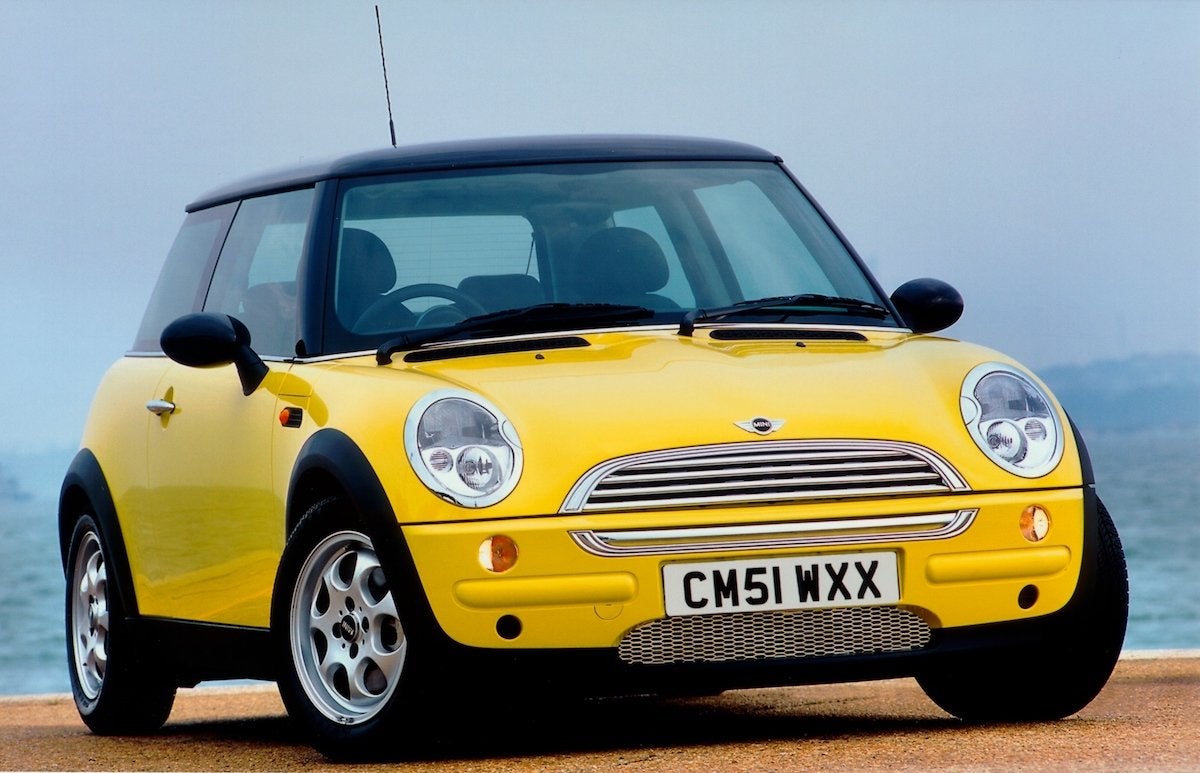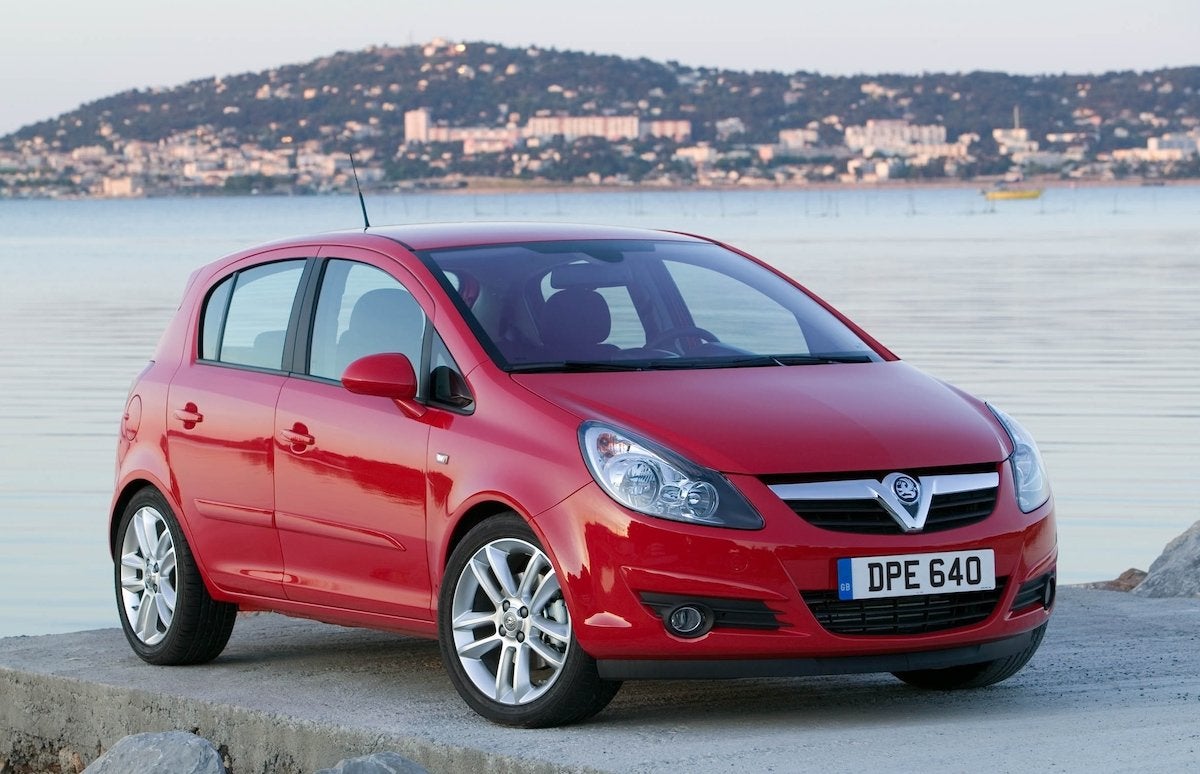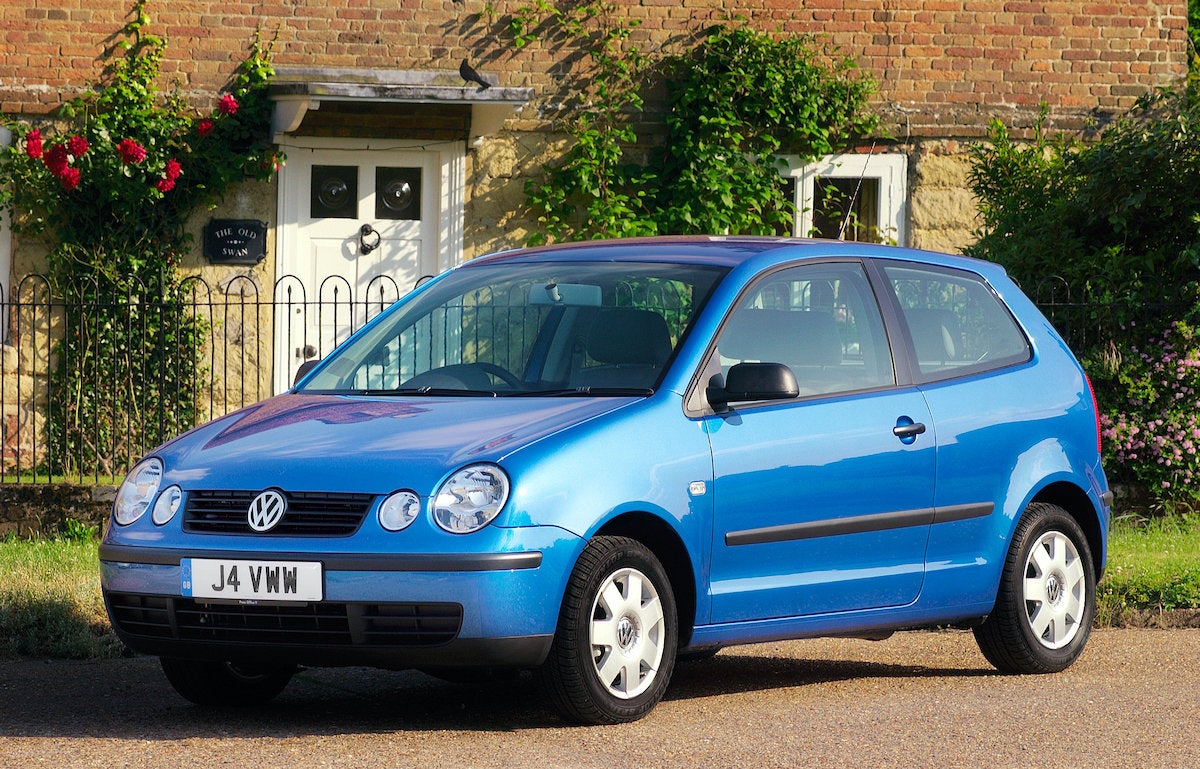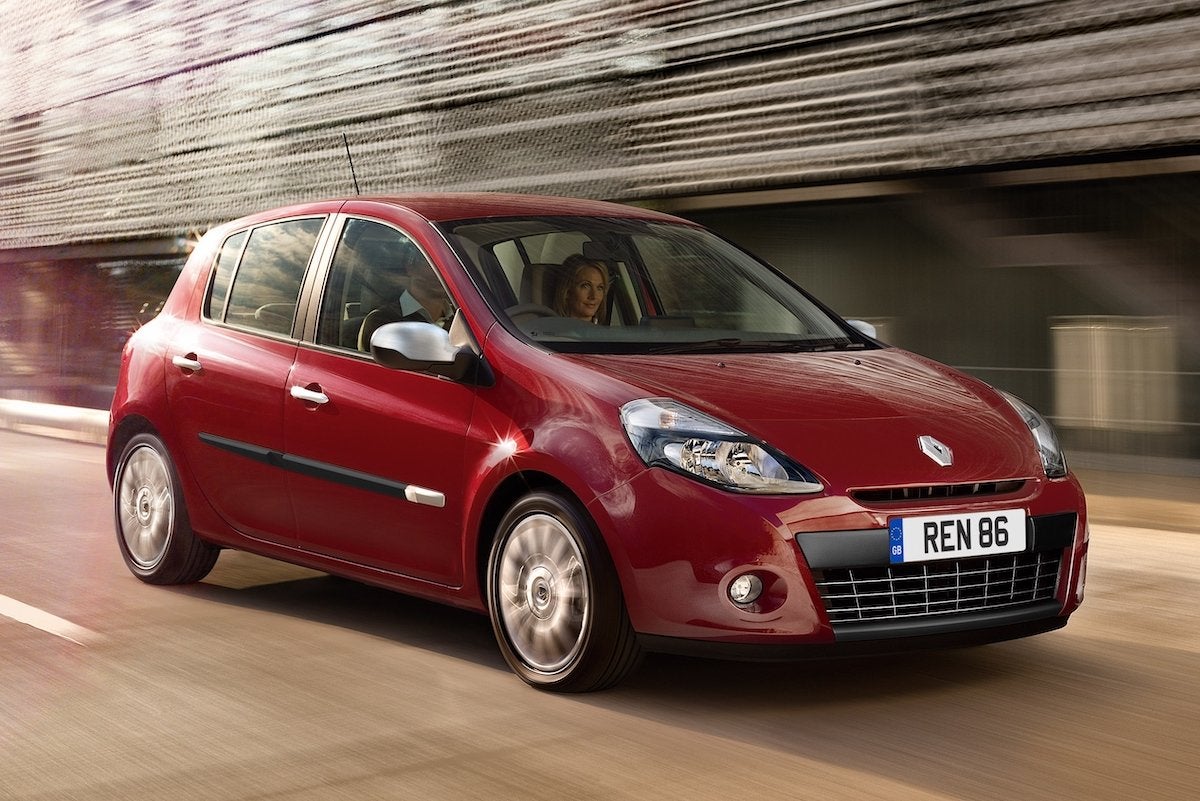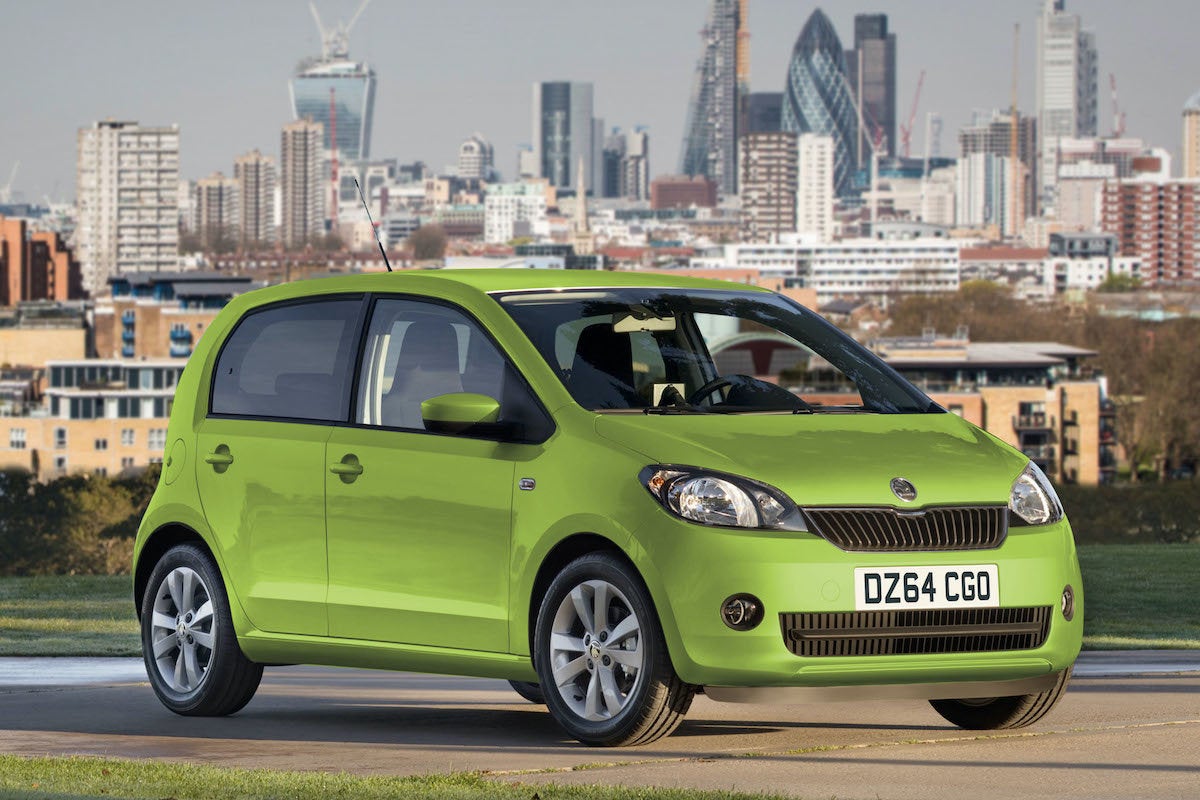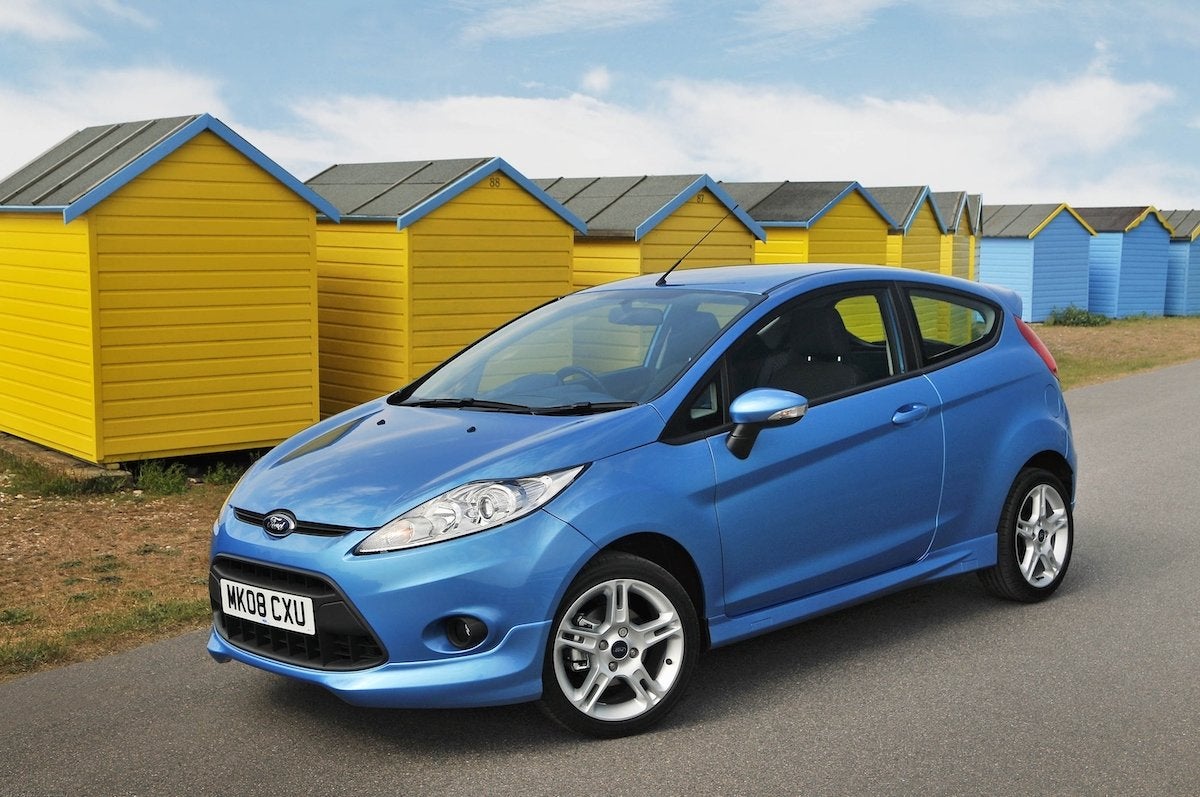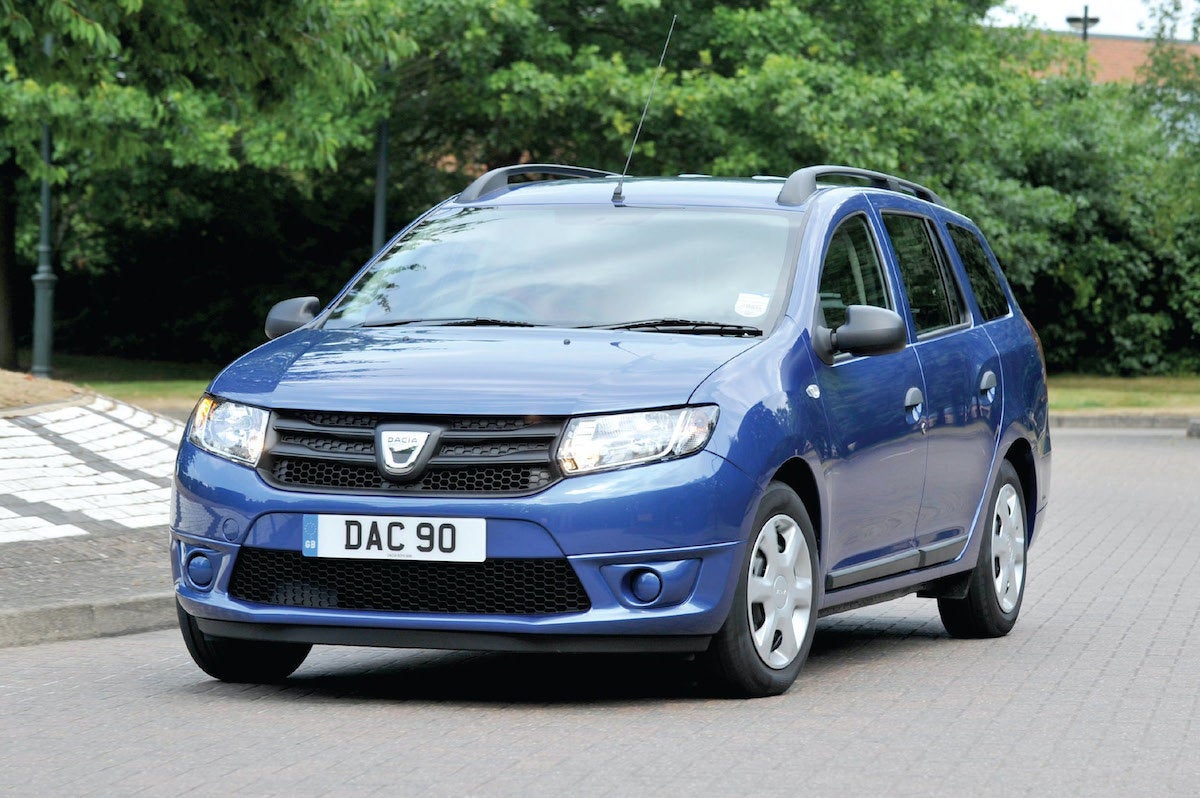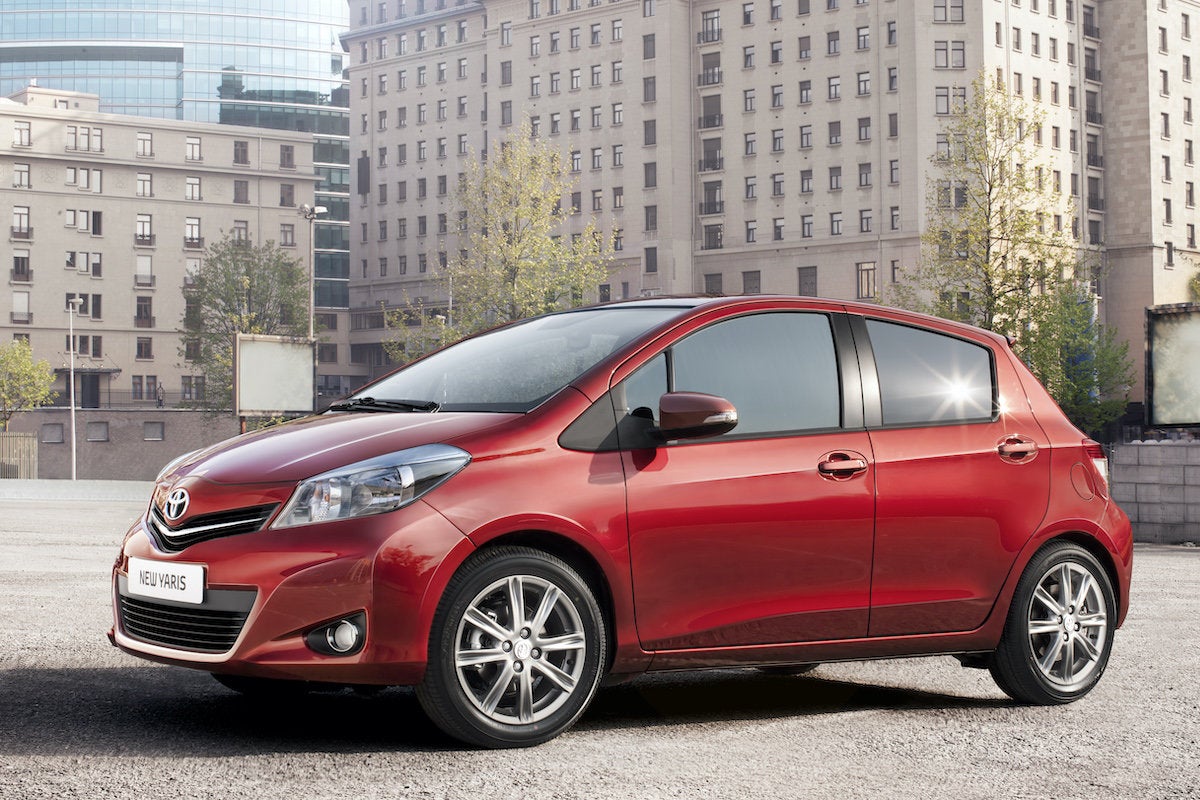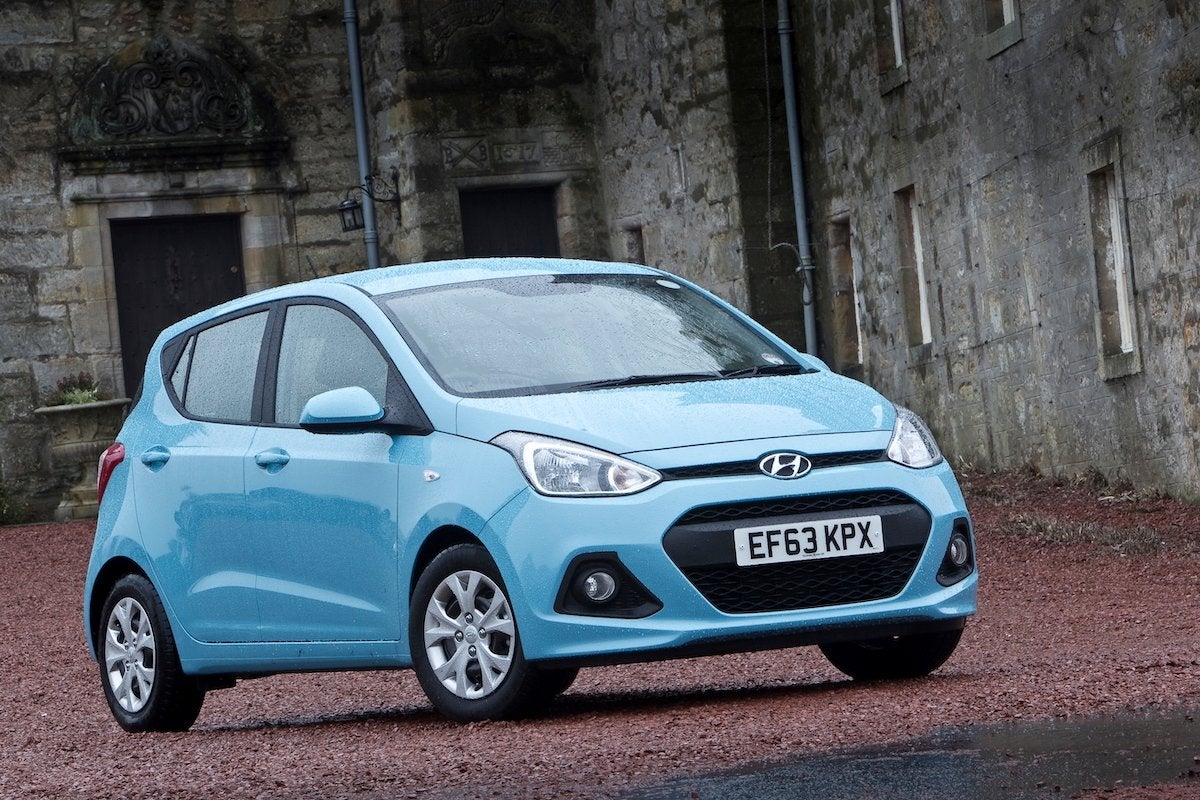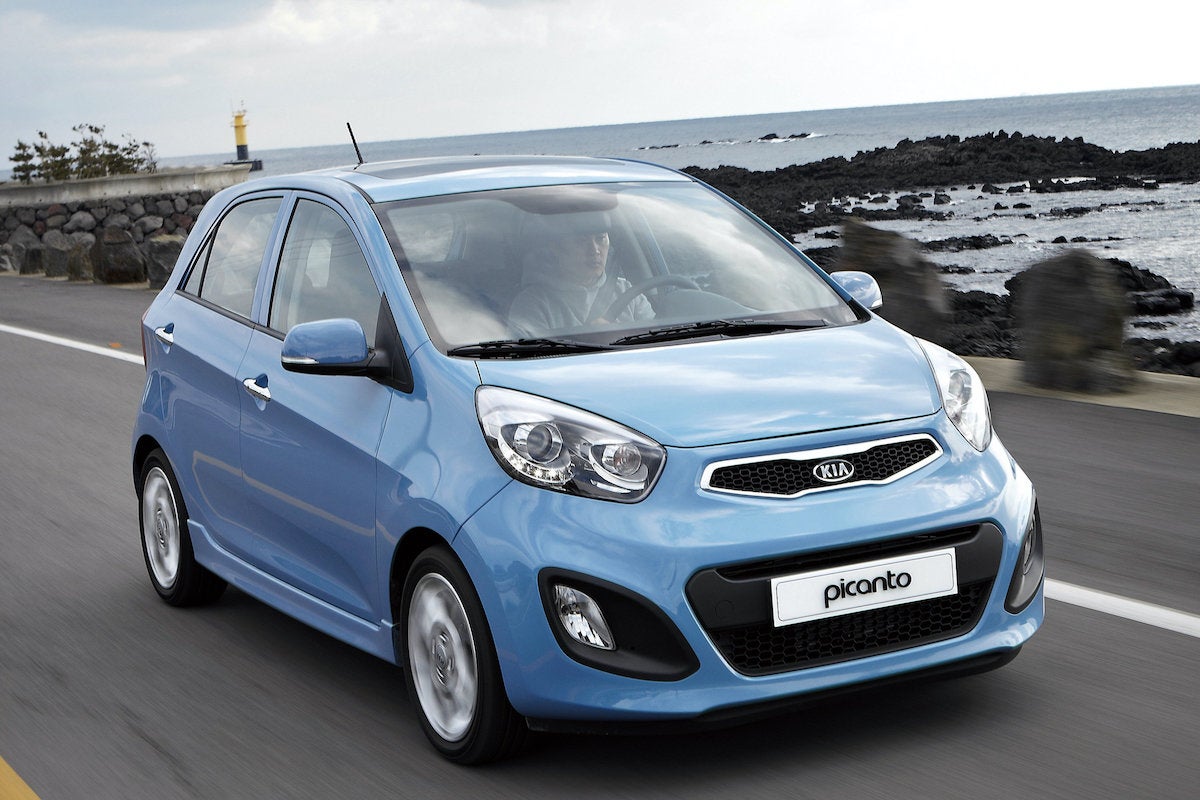Is there a more exciting time for a 17 year-old than the day they pass their driving test, throw away those learner plates and start searching for a car to buy, now that they can drive unaccompanied?
When thinking about buying a cheap first car, one of the most pressing concerns (aside from the price) is whether a car has a low insurance group, because young drivers are heavily penalised by car insurance companies for their inexperience, even when buying a small car. Concerned parents will also want their offspring to drive something that’s going to be safe and reliable, even if those offspring themselves will probably be more concerned about whether their car has Android Auto/Apple CarPlay connectivity (spoiler alert: at this price it probably won’t).
With that in mind, here are our top picks of the best first cars that are cheap to buy - in fact you should have no trouble finding any of them on CarGurus for under £4,000.
The Best Cheap First Cars in 2025
- MINI One (2006-2013)
- Vauxhall Corsa (2006-2013)
- Volkswagen Polo (2002-2008)
- Renault Clio (2005-2011)
- Skoda Citigo (2012-2020)
- Ford Fiesta (2008-2017)
- Dacia Logan MCV (2013-2020)
- Toyota Yaris (2011-2019)
- Hyundai i10 (2014-2019)
- Kia Picanto (2011-2016)
MINI One (2006-2013)
Just about any young driver would surely be happy to get behind the wheel of a MINI as their first car. The BMW-engineered supermini is as desirable today as when it was launched, and its modern-retro design gives it a timeless appeal. The MINI One is the entry-level version and despite having a 1.4-litre engine it’s surprisingly insurance friendly, even for first-time drivers.
You can expect fuel efficiency of 40-mpg-plus from its petrol engine if you don’t spend too much time sitting in traffic and Vehicle Excise Duty (road tax) shouldn’t break the bank, either. Servicing at an independent specialist should be affordable because the MINI isn’t particularly complicated.
The best thing about a MINI, though, is the way it drives. Even this lower-powered version is an entertaining car – nippy and responsive, with great handling. It won’t be as safe as a brand-new car, but when it was tested in 2014 it gained four-star rating from Euro NCAP.
MINI Review
Vauxhall Corsa (2006-2013)
The Vauxhall Corsa isn’t the most inspiring car on the market, but it does many things really well and doesn’t have many downsides. This fourth-generation Corsa was larger than earlier models, and it’ll also be one of the cheapest cars on this list of used cars, making it an excellent choice for young drivers on a budget.
There are a large number of engines to choose from but for less than £4,000 you’re best off with a petrol version, and the 1.2-litre a good choice. This gives a good blend of just-enough performance, decent fuel economy and a group 2 or 3 (of 50) insurance rating, depending on trim level.
The Corsa was designed from the outset to have low running costs. The 1.2-litre engine will mean a low annual VED bill, while servicing is required once every two years or 20,000 miles. While it doesn’t have the premium cachet of a Volkswagen Polo or the driver involvement of a Ford Fiesta, a Vauxhall Corsa offers practicality, dependability, plenty of interior space and low running costs.
Vauxhall Corsa Review.
Volkswagen Polo (2002-2008)
For our £4,000 budget you might just be able to find a Volkswagen Polo from the fifth generation, but it’ll probably be a tired, high-mileage example. That's why we think the fourth-generation Polo is a much better bet. Yes, it’ll be a little older, but you’ll be able to buy a car that’s in better condition, and have a wider choice of cars to choose from.
There was a choice of petrol and diesel engines in this generation of Polo, but unless you’re doing a very high mileage, we’d stick to the petrols, as they're less complex and consequently less expensive to repair if something does go wrong. The entry-level 1.0-litre engine is ok for driving around town, but for motorways and dual carriageways a 1.2-litre or 1.4-litre model is worth seeking out, although these models do sit in higher insurance groups. Overall, the Polo is a good, solid, dependable choice. It's not the most exciting car to drive, but it was solidly built and, while it won’t be as cheap to maintain as a contemporary Ford Fiesta or Seat Ibiza, it’s an excellent choice for a more premium feel.
Volkswagen Polo Review
Renault Clio (2005-2011)
While it’s perhaps not as reliable as a Toyota Yaris or as fun to drive as a Ford Fiesta, the third-generation Renault Clio is an excellent all-rounder for not a lot of money. This model of Clio was a far more grown-up machine than the versions that came before it, with lots of safety features, which makes it a much better choice for new drivers. There’s plenty of space inside and it has a decent boot, along with a great choice of fuel-efficient engines and trim levels that range from somewhat spartan to well-equipped.
For new drivers the 1.2-litre models probably offer the best blend of performance and affordable insurance premiums, but if you know you’re going to cover a lot of miles then one of the diesels could be worth a look. Build quality isn’t quite up there with the best, so check any prospective purchase thoroughly and ensure it has a full service history. There are three-door and five-door hatchbacks to choose from, and you might find one of the rare Sport Tourer estate models.
Renault Clio Review
Skoda Citigo (2012-2020)
We could have picked either of the Skoda Citigo’s close relations here – the Volkswagen Up and the Seat Mii – but the Skoda is our choice because it's slightly cheaper to buy as a secondhand purchase. What you get for your money is a superb city car that's fun to drive and very affordable for new drivers. It’s especially competitive for insurance costs, with many of the least powerful models sitting in group 1 or 2. The Citigo is a safe choice, too, gaining the maximum five-star rating when it was tested by safety organisation Euro NCAP.
Despite its diminutive size the Citigo is a fairly practical prospect, providing you accept you won’t be able to take that much luggage with you on your travels. Skoda as a brand does very well in customer satisfaction and reliability surveys and running costs will be low. It might not be quite as fashionable as a Fiat 500, but the Citigo is beautifully formed and an ideal first car for a new driver.
Skoda Citigo Review
Ford Fiesta (2008-2017)
Being a recently qualified driver doesn’t mean that you can’t have a bit of fun behind the wheel. And if that’s what you fancy then the Ford Fiesta is the car for you. It’s been at the top of the bestseller lists for longer than any other manufacturer cares to remember, and with good reason: it’s a great car to drive. The Fiesta does everything pretty well, offering reasonable space inside and cheap running costs, but what really sets it apart is a level of driver involvement missing from many of its competitors. Rivals like the Suzuki Swift can get close for fun, but none can surpass it.
For our sub-£4,000 budget we’ll be looking at the sixth generation of Fiesta, produced between 2008 and 2017. It’s a car with a more polished driving experience than plenty of cars costing twice as much, all in an affordable package. The excellent 1.25-litre engine keeps running costs for new drivers at acceptable levels and the manual gearbox it comes with has a satisfying, precise feel. As an all-rounder that’s fun to drive, there really aren’t many cars that have as much to offer as the Ford Fiesta.
Ford Fiesta Review
Dacia Logan MCV (2013-2020)
For young drivers looking at first cars, the overriding concern is the cost of insurance. That almost inevitably means you'll end up in a tiny city car, but what if you need more space for hobbies or for running your belongings to university and back? Enter the Dacia Logan MCV – an estate car based on the Dacia Sandero supermini. It won’t carry much cachet with your friends, but it offers no-frills motoring at a very reasonable cost.
It’ll give you a staggering 573 litres of boot space, which is more than you get in the estate version of the BMW 5 Series. It’s not inspiring to drive, because the soft suspension gives a comfortable ride it also means a roly-poly cornering attitude. But if you’re after a larger car that's budget-friendly, the Logan has few peers. Other small estate cars, such as the Skoda Fabia Estate, can’t get close to it for load space. Watch out for the entry-level Access model, because it doesn’t come with air-conditioning or even a radio, let alone a fancy infotainment system. The Logan isn’t smart or sophisticated, and doesn’t have the best safety rating, but if you need lots of space it's a very good first car.
Dacia Logan MCV Review
Toyota Yaris (2011-2019)
In reliability studies the world over, Toyota consistently scores the highest marks. If that’s your primary concern then the Toyota Yaris should be on your shopping list. Buy a used Yaris and you could also benefit from Toyota’s incredible 10-year warranty, which betters even Kia’s seven-year warranty. Any Toyota that’s up to 10 years old or has covered less than 100,000 is covered, with 12 months rolling cover each time it’s serviced at a Toyota dealer.
There are a range of different engines to choose from with the Yaris, but the most insurance-friendly for the younger driver are models equipped with the 1.0-litre VVT-I engines. There are 1.3-litre or 1.5-litre models, too, and these are also impressively affordable. There’s plenty of choice when it comes to trim levels and there are three-door and five-door body styles to choose from, and it’s more practical than the smaller Toyota Aygo.
Toyota Yaris Review
Hyundai i10 (2014-2019)
The current Hyundai i10 is one of our favourite city cars, but because it was launched in 2020 it doesn’t quite fall into the budget cars category just yet. But the previous-generation i10 was almost as good, and comes at a very reasonable price point. To benefit from the cheapest insurance costs you’ll need to look for a model with the 1.0-litre engine but, with several trim levels to choose from, your i10 can still be well-equipped. You might even be able to find a high-spec car with features such as cruise control and automatic climate control.
The i10 is roomy for a city car, with a practical five-door hatchback body that's more spacious than those of rivals like the Citroen C1 and Peugeot 107, and has a pleasingly high-quality feel inside. It’s good to drive, too, and although the 1.0-litre engine can feel a little strained at motorway speeds, it still feels refined when covering longer distances.
Hyundai i10 Review
Kia Picanto (2011-2016)
If you’re looking for a car that’s cheap to insure and offers low ownership costs on the whole, then it’s hard to look past the Kia Picanto, specifically the model that was produced between 2011 and 2016. To benefit from low insurance you’ll need to go for one of the lower-powered 65bhp 1.0-litre models, but that’s more than enough to be getting on with – especially if you’ll be doing the majority of your driving around town.
As well as cheap insurance you’ll also benefit from decent fuel economy; 50mpg is more than achievable. Granted, the Picanto isn't the roomiest car in the class, and you might find the 1.0-litre engine becomes a little noisy at higher speeds. But as an all-round package it still takes some beating. For a young driver who wants low running costs, as well as a car that’s easy to drive, the Kia makes a very good case for itself.
Kia Picanto Review

